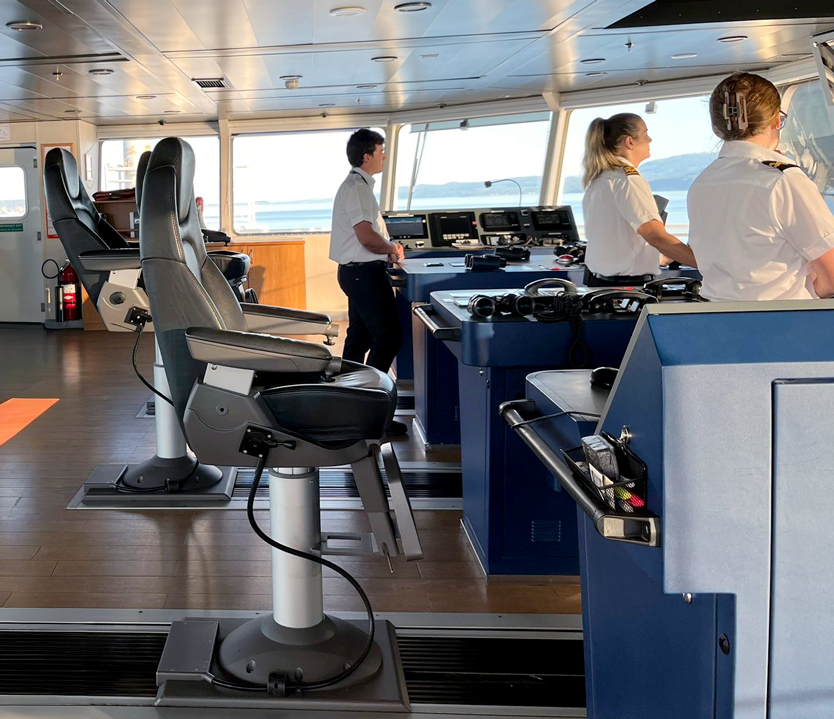Look West invests in ships. Now it needs to invest in the people who sail them
B.C.’s new Look West strategy sets out a bold vision: more shipbuilding, stronger ports and a bigger maritime footprint for B.C. That part is great. We all want vessels built here, serviced here and repaired here. It’s good for jobs, good for skills and good for the coast.
But the plan has a big blind spot. There’s a lot of talk about steel and shipyards and almost nothing about the people who sail the ships.
What’s happening on the water
Right now employers aren’t training enough homegrown deck officers or engineers. Ferries get cancelled without enough certified crew. Students who want to move up can’t get sea-time. Marine schools are full, outdated and underfunded. And most young people have no idea these careers even exist.
It’s not for lack of talent. Becoming a skilled mariner is expensive, slow and full of structural barriers. Ship’s officers regularly pay thousands out-of-pocket for mandatory courses, fight rigid schedules and must often step out of paid work just to progress within the seafaring profession. That’s part of why BC Ferries has turned to internationally credentialed officers as a stopgap. Retention is mixed because the long-term pathways still aren’t there for local seafarers.
What B.C. needs next
B.C. needs a proper apprenticeship-style pathway from entry-level deckhand to mate, master and from engine room assistant to chief engineer, with paid training time and sea-time guarantees. Professional seafarers need a mariner education fund that covers the real costs of progression, not just a tiny portion of tuition and an uncertain career path. British Columbia and Canada need marine schools with enough instructors, classrooms and simulators to meet the demand.
Look West gets us halfway there. Investing in seafarers is the difference between a strategy that looks good on paper and one that will keep the coast moving for decades to come.
